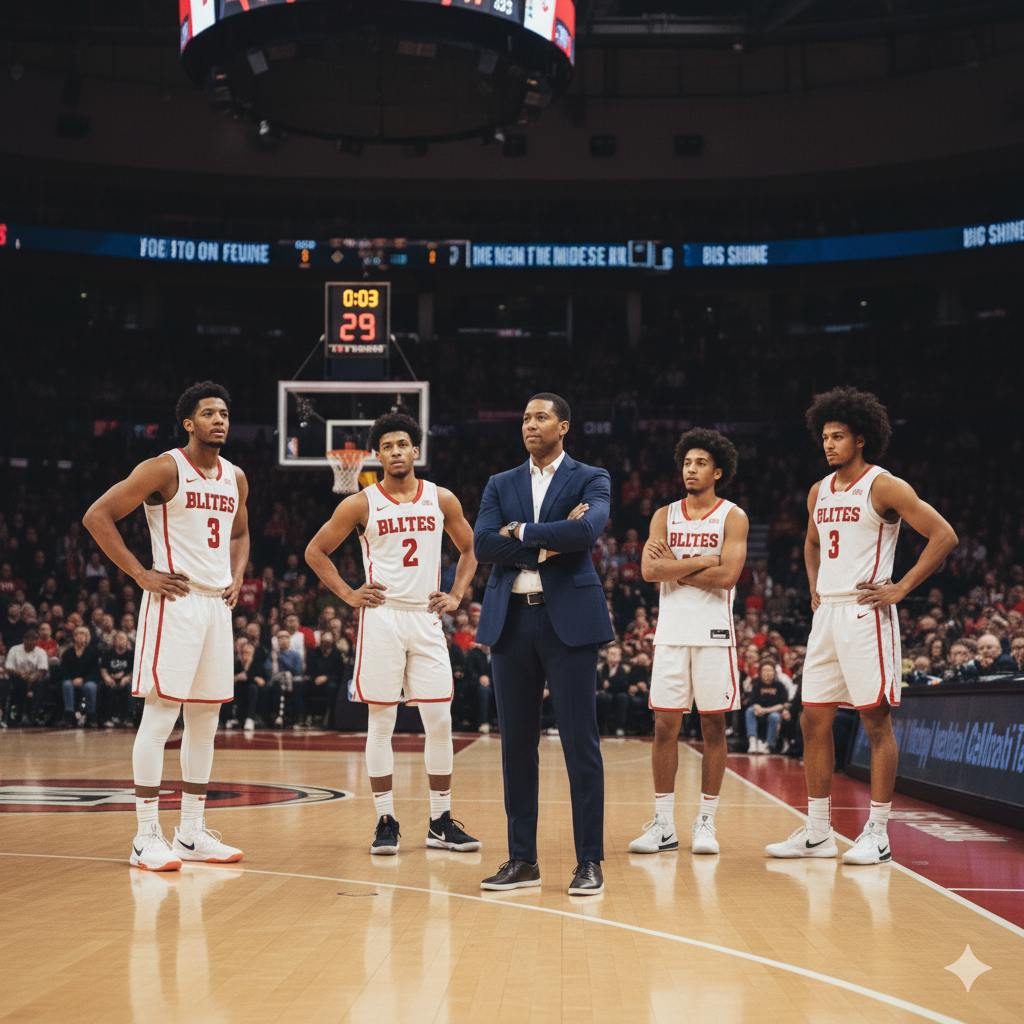Coaching Through Presence
Pressure exposes what players believe in. When the clock winds down and tension builds, they look to you. Your posture, tone, and body language become the anchor they rely on.
You can’t control the whistle, the crowd, or a lucky bounce.
But you can control communication, composure, and effort. When players understand that, their energy stops chasing frustration and starts fueling execution.
Your presence shapes how the team feels in real time. If your body language tightens, they play tight. If your voice carries calm direction, they move with purpose. Every signal you send, verbal or not, teaches them how to handle the moment.
Late-game coaching is not always about having the perfect strategy, it can also be giving your players a reason to believe they can handle whatever comes next. A strong presence makes that belief visible.
Small details matter.
Stand tall and steady in tense moments.
Keep your tone firm but measured.
Choose words that focus on action.
Those cues tell players to stay engaged, to keep thinking, to trust the next play. They respond to the confidence you project, even when the situation feels uncertain.
Presence is more than attitude, it’s control. It keeps emotion from spilling into decision-making. It reminds the team that they are guided.
In every tight finish, the bench becomes a mirror of the coach. When your voice stays composed, your team breathes easier. When your body language stays consistent, they focus sharper.
That’s coaching through presence, commanding the moment without adding noise. It’s how leaders calm storms, shape outcomes, and teach players to find steadiness inside the chaos of competition.
